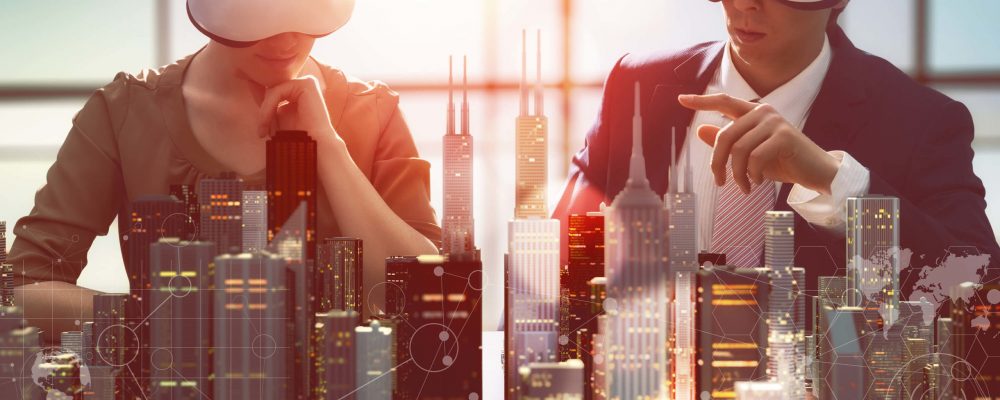
VR in Architecture Visualization

VR in Architecture Visualization
Imagine yourself walking down your corridors experiencing the gleaming sunlight through the windows falling on the chandeliers. Decking up your rooms with your chosen colors and pep up the ambiance of your bedrooms and living rooms, with elegant lighting etc. Experience the look and feel of your home, sketching them real-time at pre-construction is a quite captivating experience. All these done at your desk space without visiting any location.
Won’t that be the best way to design your home?
All you must do is, plug in your VR device, make your choices and resume to work.
Get the grip of planning your home, all through the Virtual reality gadgets that will augment your real-time experience.
With Virtual reality gaining momentum in every business from gaming to travel, tourism and real estate- architectural designing is also benefiting from it. More and more designers are incorporating virtual reality into their designing process to streamline the customer’s opinions and tastes. With virtual reality, architects are able to give the customers a visually enhanced walkthrough their homes or any spaces way before they are built. With VR, the architects can transform the visual designs into real-like spaces and give the customer the total look as well as the feel of the space.
A rapid changing VR is a stepping stone
VR is pushing aside the traditional blueprints and 3D modelling has given an edge to the architectural visualization. It has remodelled the architectural trends that were followed for decades by giving a high-resolution affordable designing technique using high-end HMDs. From the basic gaming application, VR is trending various industries equally finding an innovative way to heighten the business. With technology changing and readily available, it is not tough to make VR inclusive in the businesses.
VR usage at various stages
Architects find VR quite handy, as their real-time designing can be done at ease. With the right sense of spatial designing, the immersive experience can assist in designing a non-photorealistic room. Way before the actual designing happens architects can give a tinge of reality to their client’s space in the actual way they need. Many architects are integrating the immersive technology with BIM software like the Oculus and HTC Vive which facilitates them to understand the spatial quality in their projects. With this, the clients need not spend much time in a meeting or even in revising the designs, as this could be done instantly with the VR technology.
Limitless designing options
With VR, architects can go beyond the way of imagination, to design perfect spaces, play with colour combinations and impelling interiors that will woo the customer. At the same time, the client also gets his/her share of working on the designs choosing what space must look like. With fine refinements in designing, lighting the room and filling up vacant spaces, and designing the real-look alike homes.
Instantaneous designing
With Virtual reality, it is easier to design a small or a big space within a limited time, giving a complete look and feel of the place through these immersive technologies. With VR, the designers can get the inside view of the space and design every nook and corner of the space as per the client expectations.
Quick Presentations
One need not carry around all those huge blueprints or any other, just give your client the space design anywhere from their comfort using the VR goggles. With the incorporation of VR in designing the workflow becomes easier and assist in beautifully showcasing the designs.
With efficient VR technology, the architecture portfolio had grown beyond the limitations of paper and limited digital designs, into a panoramic portfolio, giving the complete spatial effect of the space reshaping the architectural designs. Harnessing these advancing top-notch technologies gives the field a new space to explore exceptional talents.